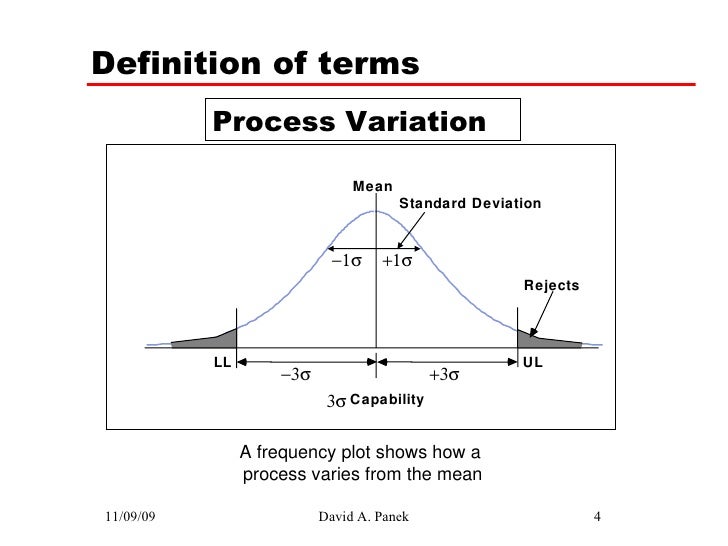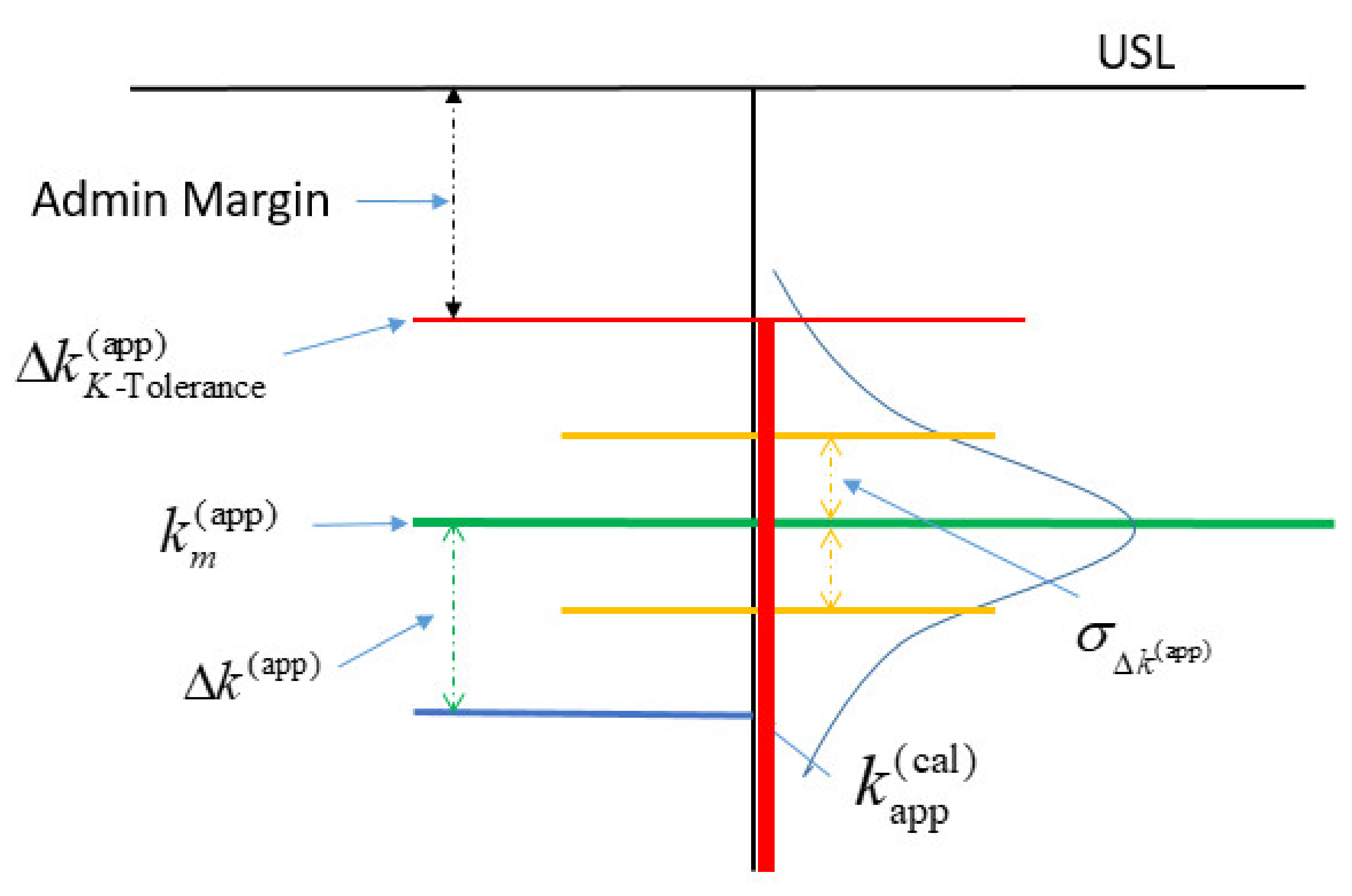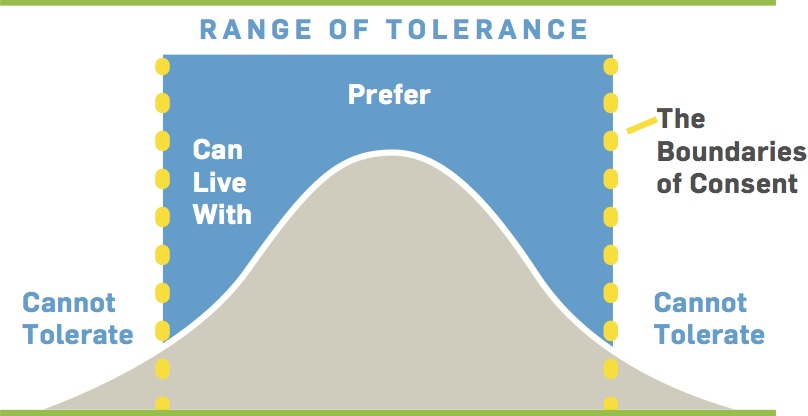As Tolerance Develops What Happens To The Margin Of Safety
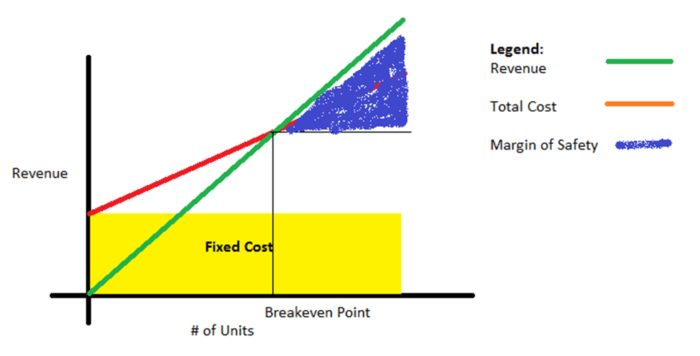
The repeated use of substances, whether prescription medications, recreational drugs, or even seemingly benign compounds, can lead to a phenomenon known as tolerance. This adaptation by the body to a substance diminishes its effects over time, requiring higher doses to achieve the initial response. As tolerance develops, a critical question arises: what happens to the margin of safety?
The margin of safety, in essence, is the gap between a dose that produces a desired effect and a dose that causes harm. It's a buffer, a safety net designed to protect individuals from adverse consequences. Understanding how tolerance impacts this margin is crucial for both medical professionals and individuals alike, influencing treatment strategies, dosage adjustments, and risk assessment.
Understanding Tolerance and Its Mechanisms
Tolerance isn't a monolithic process. It manifests in various forms, each with its own underlying mechanisms. Pharmacokinetic tolerance, for example, involves changes in how the body processes a substance. This can include increased metabolism, leading to faster elimination and reduced drug concentrations at the target site.
Pharmacodynamic tolerance, on the other hand, occurs when the body adapts at the cellular level. Receptors may become less sensitive to the substance, or the body may produce counter-regulatory mechanisms that offset its effects.
According to the National Institute on Drug Abuse (NIDA), repeated exposure to drugs can lead to long-term changes in brain structure and function, contributing to both tolerance and dependence. These changes can significantly alter the margin of safety.
The Shrinking Margin of Safety
As tolerance develops, the margin of safety often shrinks. Individuals, seeking the same effects they initially experienced, may increase their dosage. This escalating consumption brings them closer to the threshold for adverse effects, including toxicity and overdose.
Consider opioids, often prescribed for pain management. With prolonged use, patients may develop tolerance, requiring higher doses to achieve adequate pain relief. This increases the risk of respiratory depression, a potentially fatal side effect.
A study published in the Journal of the American Medical Association (JAMA) found a strong correlation between opioid dosage and overdose risk, highlighting the dangers of a diminished margin of safety in tolerant individuals.
Factors Influencing the Margin of Safety
Several factors can influence the margin of safety in the context of tolerance. Individual variability plays a significant role. Factors like age, genetics, pre-existing medical conditions, and concurrent medications can affect how a person responds to a substance and how quickly they develop tolerance.
The specific substance itself is also a critical determinant. Some substances have inherently wider margins of safety than others. Alcohol, for example, has a relatively narrow margin of safety, meaning that the difference between a dose that produces intoxication and a dose that causes liver damage or respiratory arrest is smaller than with some other drugs.
The route of administration also matters. Intravenous injection, for instance, bypasses many of the body's natural defenses and can lead to a more rapid and intense effect, reducing the margin of safety.
Clinical Implications and Mitigation Strategies
Understanding the impact of tolerance on the margin of safety has significant clinical implications. Healthcare professionals need to carefully monitor patients for signs of tolerance and adjust dosages accordingly. "Start low and go slow" is a common mantra, emphasizing the importance of gradual dose titration to minimize the risk of adverse effects.
For substances with a high potential for tolerance and dependence, alternative treatment strategies should be considered. These may include non-pharmacological interventions, such as physical therapy or cognitive behavioral therapy, or the use of medications with a lower risk of tolerance development.
Patient education is also crucial. Individuals need to be informed about the risks of tolerance, the importance of adhering to prescribed dosages, and the potential consequences of self-medicating or increasing their dose without medical supervision.
Beyond Pharmaceuticals: Tolerance in Everyday Life
The concept of tolerance and its impact on the margin of safety extends beyond pharmaceuticals. Consider caffeine, a widely consumed stimulant. Regular coffee drinkers often develop tolerance, requiring higher doses to achieve the same level of alertness.
While the consequences of caffeine tolerance are generally less severe than those associated with opioid tolerance, they can still be problematic. Excessive caffeine consumption can lead to anxiety, insomnia, and heart palpitations, illustrating that even seemingly benign substances can pose risks when tolerance develops.
Even exposure to certain smells or sounds can lead to a form of tolerance, where the initial strong reaction diminishes over time. This highlights the broad applicability of the tolerance concept across various sensory experiences.
Conclusion
As tolerance develops, the margin of safety often shrinks, increasing the risk of adverse effects. Understanding the mechanisms of tolerance, the factors that influence the margin of safety, and the clinical implications is crucial for protecting individuals from harm. Healthcare professionals, patients, and the public alike need to be aware of the potential dangers associated with tolerance and take appropriate steps to mitigate the risks.
By promoting responsible substance use, advocating for alternative treatment strategies, and educating individuals about the risks of tolerance, we can work towards preserving the margin of safety and safeguarding public health. The balance between desired effects and potential harm is a delicate one, and awareness is the key to maintaining that equilibrium.
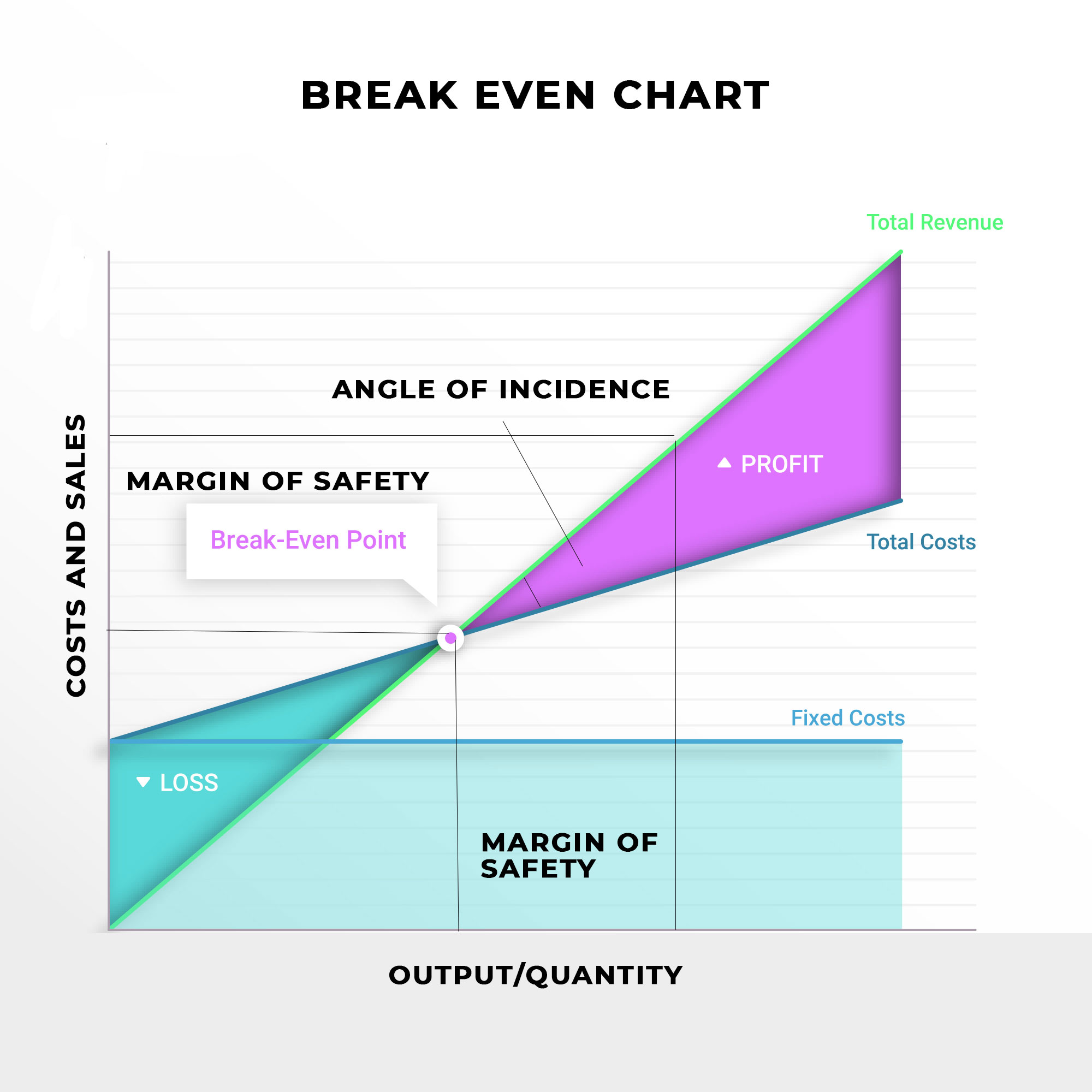


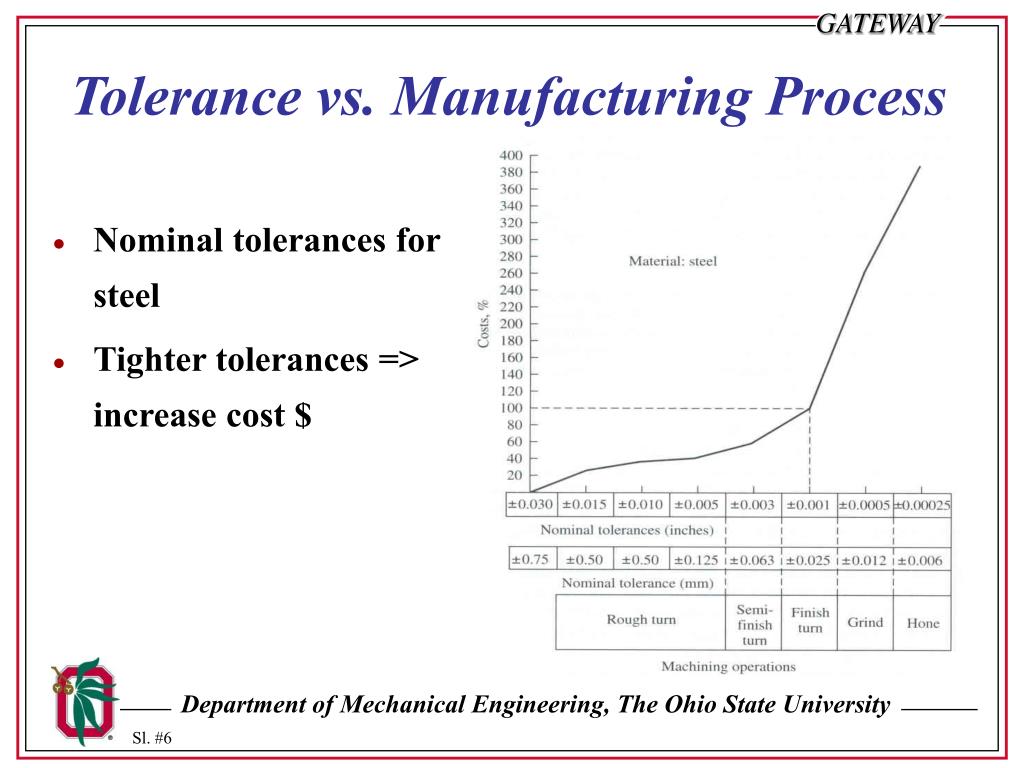

:max_bytes(150000):strip_icc()/Marginofsafety_final-966fd1e5b6534666beef966b7011f14a.png)





+Budgeted+BE+Sales..jpg)
.jpg)
